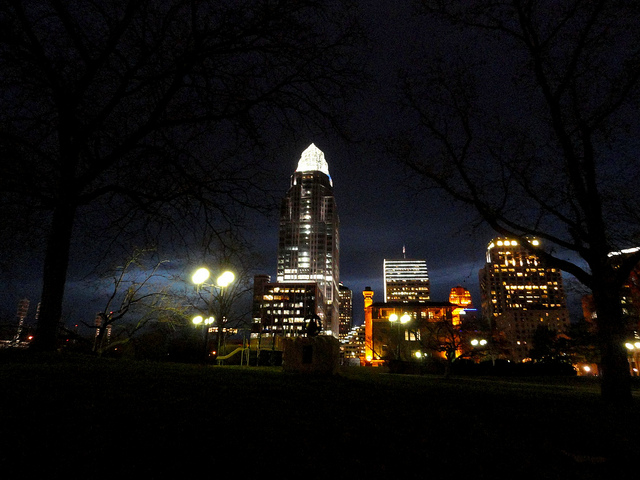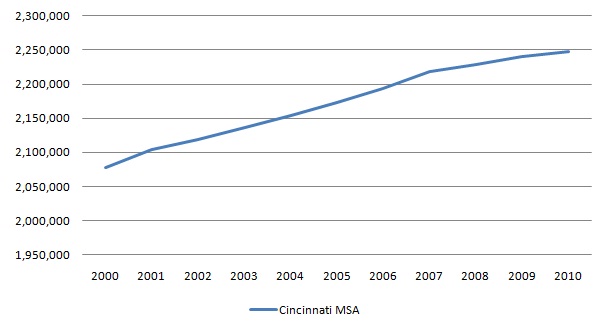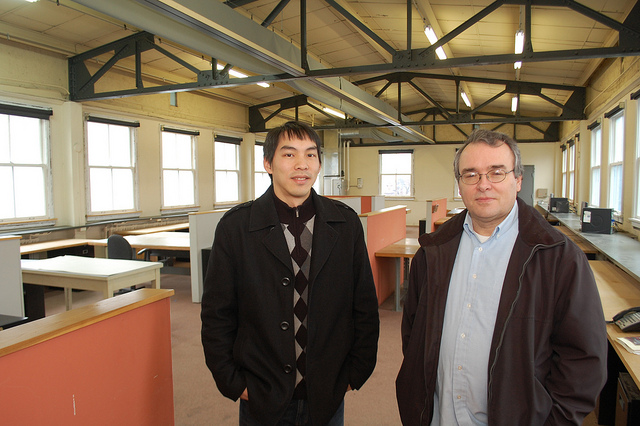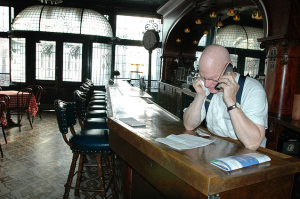Contrary to the U.S. Census Bureau’s own annual estimates and revisions, Cincinnati and Hamilton County both lost population from 2000 to 2010. Hamilton County, Ohio’s third most populous, lost 5.1 percent of its population which is now 802,374. Meanwhile, the City of Cincinnati lost 10.4 percent of its population over the same time period.
The numbers are sobering for a mayor and city that had thought population declines were beginning to level over recent years. Cincinnati Mayor Mark Mallory even led the charge to get out higher response rates for the city, but his efforts fell well short of the 378,259 person goal with only 296,943 people counted in the city during the 2010 hard count.
During the 2010 Census count, it is estimated that only 70 percent of households responded in the City of Cincinnati which fell below the 74 percent national average. Inner city neighborhoods saw signficantly lower response rates across the state.
While the primary city in the Cincinnati metropolitan statistical area lost population, the region as a whole continued to add people. The largest percentage growth took place in Warren County which now is home to 212,693 people. Butler County also saw gains and remains the region’s second largest county with 368,130 people.
Elsewhere in Ohio every major city lost signficant population except for Columbus which grew 10.6 percent and now has 787,033 people within its city boundaries.
UrbanCincy will update this report over the coming days as we are fully able to analyze these numbers. There is a lot of data out there and we will break it all down, so stay tuned.






